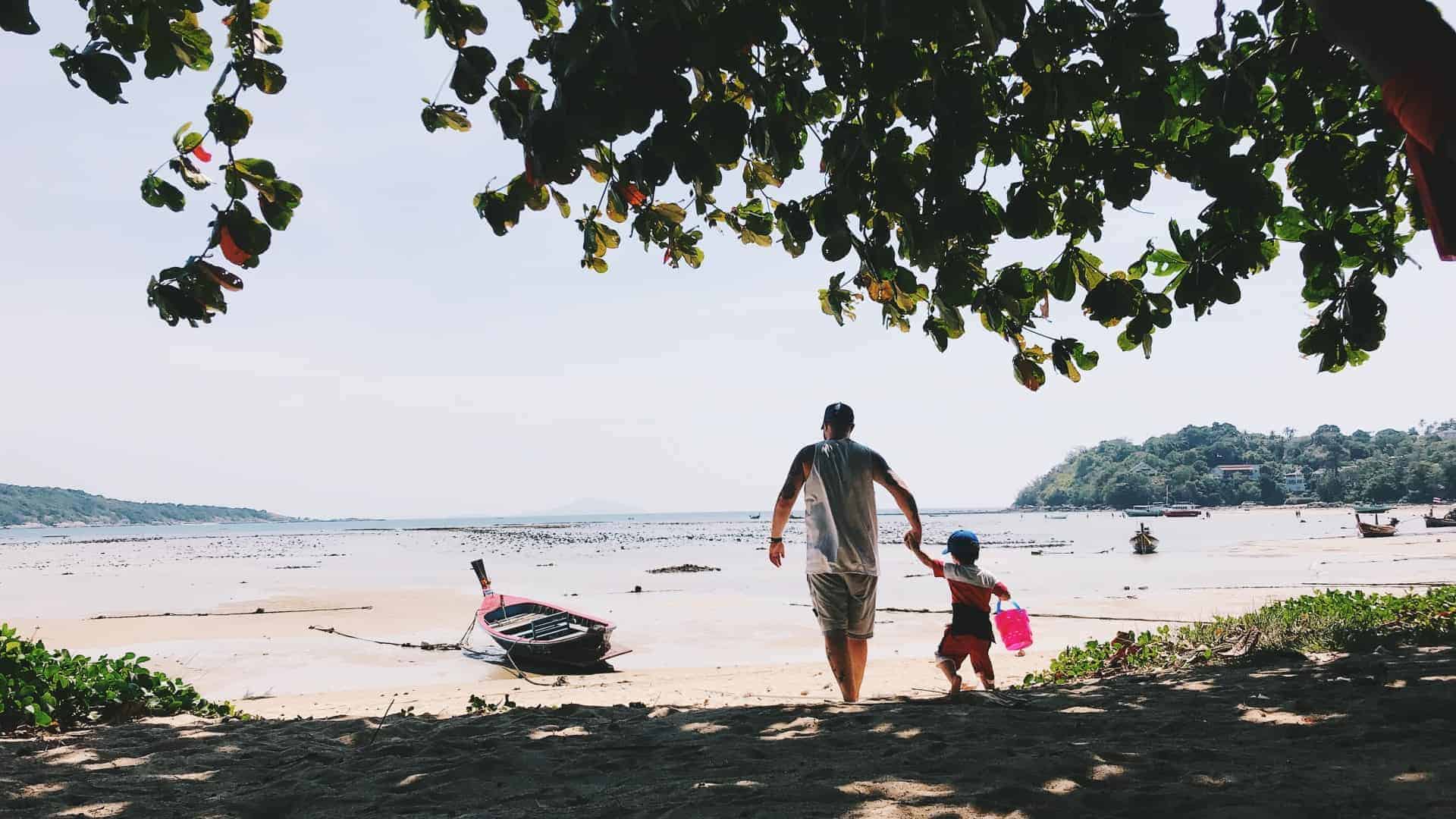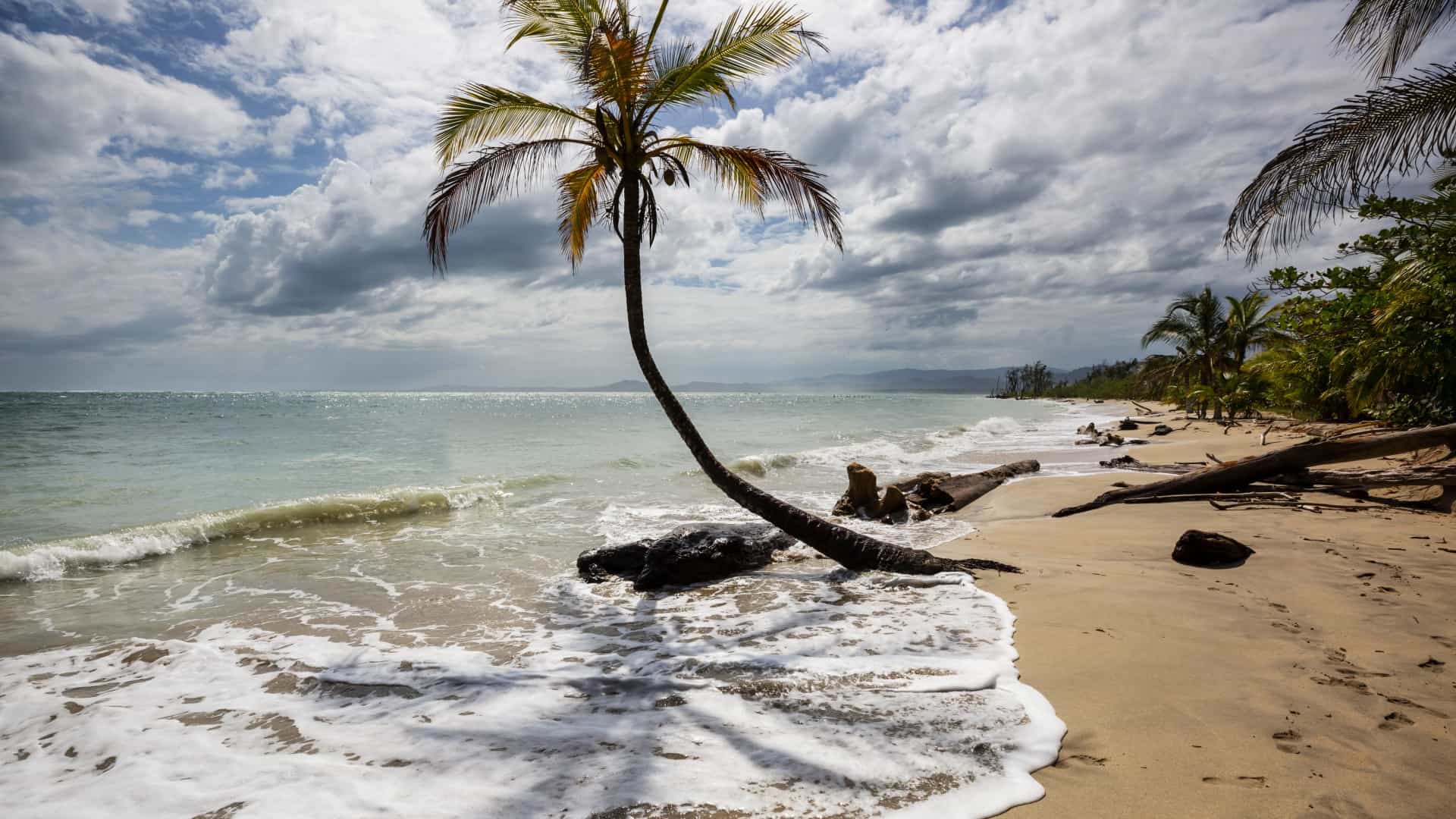Table of contents
When I moved to Costa Rica in 2015, I wanted to buy a car immediately. In fact, I had already lined up a potential purchase through someone I met on Facebook, and as soon as I got to San José, I arranged a test drive. I stuffed $6,000 cash in my pockets in hopes of owning a car in Costa Rica today, and I paid a taxi driver an exorbitant sum to drive me to where the car was.
My Facebook friend was out of the country, but his wife accompanied me on the test drive (along with the curious taxi driver). I liked the car and was ready to buy it, and I told the lady I had the cash on me. But she said she couldn’t possibly sell it today, as she would need it for another week or two. Plus, she said, we’d have to find a lawyer to make the sale.
“You need a lawyer to sell a used car in this country?”
“Yes, you do.”
So began my initiation into the promise and perils of owning a car in Costa Rica. Spoiler alert: I finally bought a car (not that one), and I’m still driving it seven years later. So if you’re curious about the pros and cons of buying a car in Puravidaville, I might have some useful advice for you.
Do you know where you’re going to?
On the way home, the taxi driver opined that if you’re trying to sell a car and someone shows up with cash in fist, you should just sell the damn car. I said, “I know, right? And don’t tell me lawyers don’t work in this country on Tuesdays.”
My passion for buying a car soon cooled, however, as I realized how challenging navigation would be until I learned my way around. I ended up riding around in a lot of taxis, buses and minivans — all over the country — and I couldn’t help noticing that these were all expertly driven by people who knew exactly where they were going. I watched these professionals drive at night through rain and fog on scary little highways, and I rode shotgun as they zipped around the helter-skelter, seemingly lawless streets of San Jose.
“Do you know where you’re going to?” is a song recorded by Diana Ross in 1975, but it’s still a relevant question today if you’re thinking about buying a car in Costa Rica. Even after I had a car, navigation was always a challenge for me, especially in San José. Eventually I mastered Waze, but still I found it tricky to drive in the pell-mell metropolitan area while constantly looking at my phone.
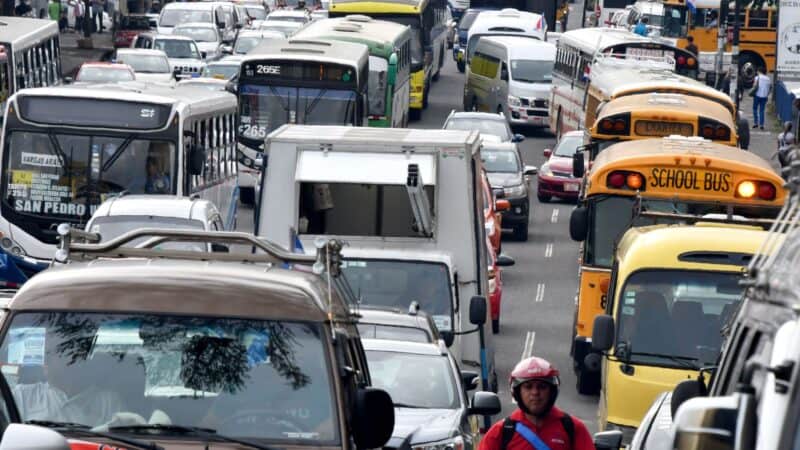
So maybe the first question to ask before buying a car in Costa Rica is where you need to go and whether having your own wheels is the best way to get there.
Pros and cons of owning a car in Costa Rica
If you’re thinking about the pros and cons of owning a car in Costa Rica, here are some points to consider:
- Do you plan to live in the Central Valley? Driving in San José or any of the other metropolitan centers in the middle of the country can be confusing, stress-inducing and sometimes dangerous. Just wait until you navigate your first rotonda. Yet public transportation options abound in the big cities, most of them very reasonably priced. And the drivers all know exactly where they’re going.
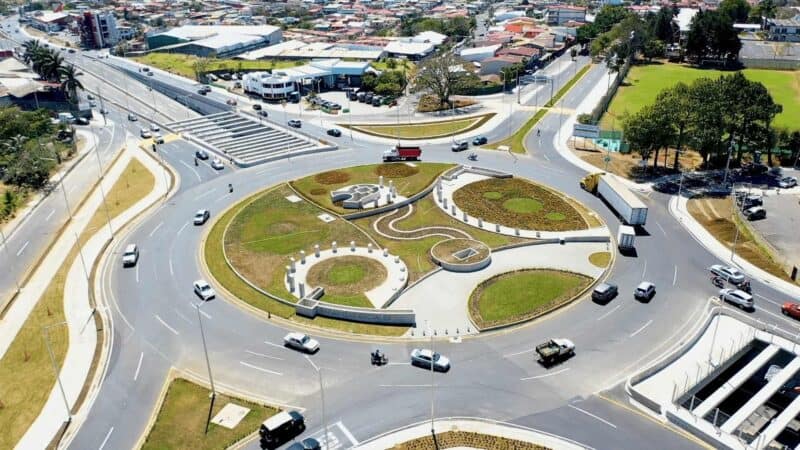
- Do you plan to live in a more rural area, or on the coast? The pros of owning a car increase exponentially the farther you get from the Central Valley. Driving in rural areas is easier, and tends to be more necessary because public transportation is not as readily available and usually involves longer wait times. Also, taxis and shuttles may cost more on the coast because they cater primarily to tourists, and everyone assumes that all tourists are rich.
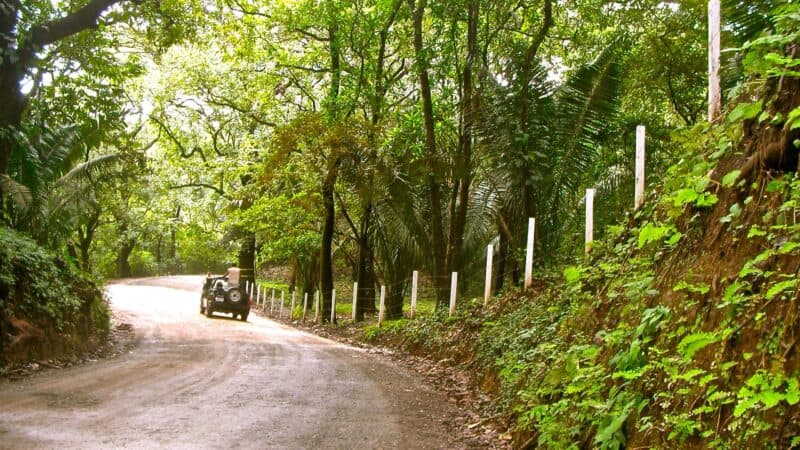
- Can you afford to own a car in Costa Rica? First you have to buy it (and pay the lawyer), but every year after that you’ll face two mandatory expenses, the marchamo and the Riteve (discussed below). You won’t find the price of gas, oil or tires shockingly expensive here, though you may discover that it’s sometimes time-consuming to find parts for your vehicle, especially if it’s not a common make, and especially if you live outside the Central Valley.
- Can you rent before you buy? Renting a car presents a different set of challenges (often involving hidden costs), yet no other option gives you so much control over where you go and when. Before you make a permanent decision about buying a car, renting a car in Costa Rica can be a great way to see what it’s like to drive in Costa Rica, and to assess whether having a car is something that improves your life enough to justify the expense.
Can I drive or ship my car from the U.S. or Canada?
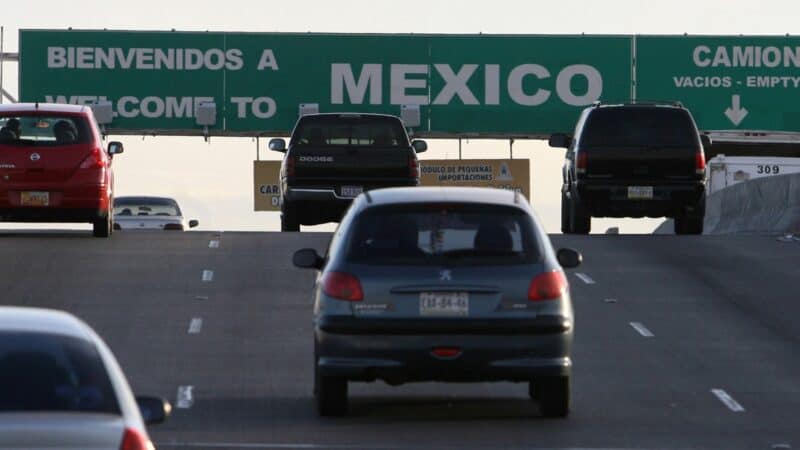
I drove a car from the U.S. to Costa Rica once, and my brother has done it three times. It’s a long journey that involves seven or eight stressful border crossings, and at all of these you have to fork up some money and a bunch of documents, plus possibly submit to a thorough search of your car.
One major downside of bringing your own car to Costa Rica is that import fees can be exorbitant. The fees vary depending on the age and value of your car, but they are never cheap, and sometimes they are shockingly expensive.
I did the math on my 2005 Jeep Liberty, which I loved, but I finally sold it in California, took a plane to Costa Rica, and bought another car here.
Shipping your car by sea is also an option, but the cost of the shipping on top of the import fees makes for a very expensive proposition.
All things considered, unless you have the world’s greatest car and you can’t live without it, you’re probably better off selling your car in your home country and buying another one in Costa Rica.
Subscribe to our newsletter
to stay up to date
How is the market for cars in Costa Rica?
There’s a Maserati dealership in Santa Ana, if that’s how you roll, or you can find a Porsche or Ferrari if you’re looking.
But most people will find their way to a dealer that sells Toyota, Nissan, Isuzu, Suzuki, Honda, Mitsubishi, Ford, Chevrolet. The prices are not cheap, but if you want a car, you want a car.
If you’re looking for a town that has a lot of car dealerships, new or used, find your way to Grecia, which has plenty. Shop around, and resist the idea of buying the first car you drive.
Buying a car from an individual can also be a great option. I found my happy place with a young German woman in Tamarindo in 2015 who needed to sell her 1999 4WD Suzuki Vitara because she had to return to Germany. I asked her how much and she said, “Well, I’d like to sell it for $5,500.” I said, “How about $4,500?” She said, “5,000.” I said, “Fine.”
I’ve been driving this car for almost seven years now, and it’s given me precious little trouble.
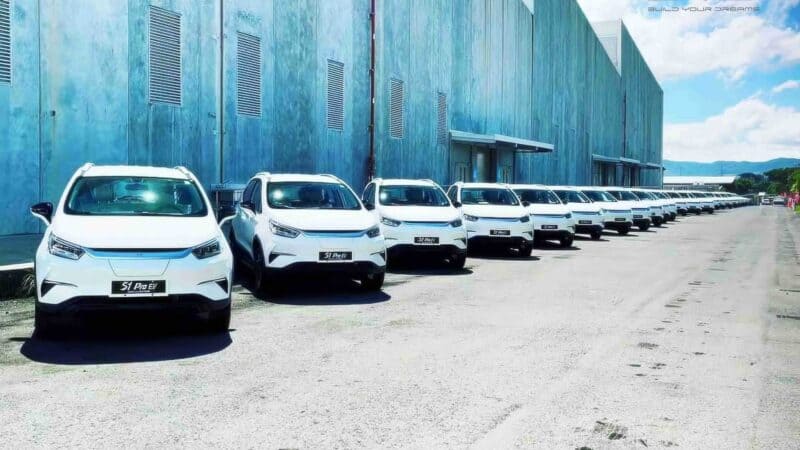
What about the marchamo and the Riteve?
Paying both the marchamo and the Riteve are annual obligations for every vehicle owner. To prove you paid them, you have to put up-to-date stickers on your windshield. Otherwise, the traffic police can pull you over and take away your license plates.
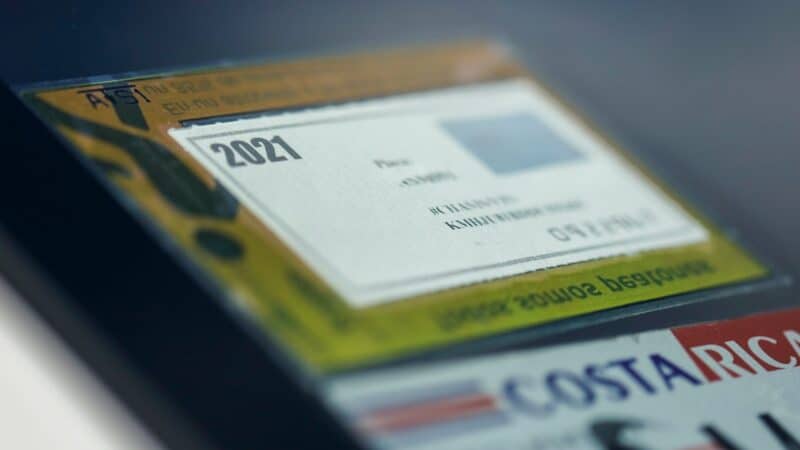
The marchamo is part registration fee and part liability insurance, and it has to be paid every year before Jan. 1. My marchamo in December 2021 cost me $140. The liability insurance is very basic, covering mostly bodily damage to other persons, but only up to a certain amount. To really protect yourself against vehicular liability, you need to buy additional insurance, typically from INS, the National Insurance Institute.
The other annual obligation, the Riteve, stands for “Revisión Técnica de Vehículos,” “technical inspection of vehicles.” Back in California, I used to take my car in every two years for a quick check of its emissions, and that was all. But here in Costa Rica, this is a yearly ritual, and the technicians inspect everything: tires, drivetrain, steering, brakes, headlights, turn signals, brake lights, seat belts – PLUS the emissions.
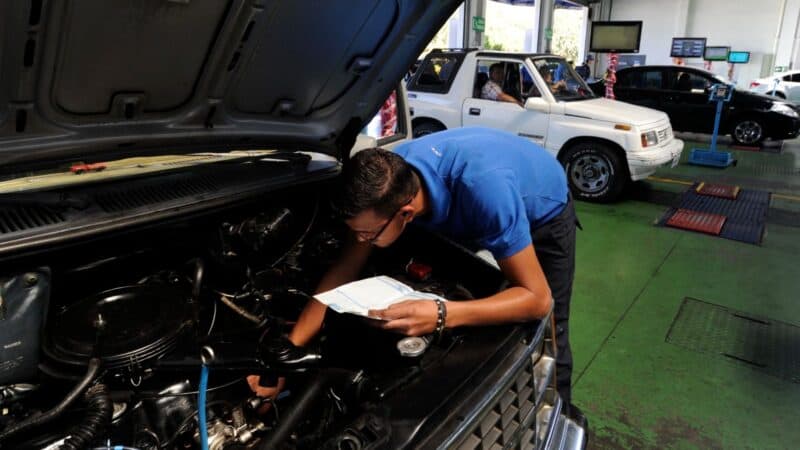
It’s a hard test to pass, especially if you have an old vehicle. But if you fail, you have to make the repairs necessary to pass it, or otherwise the police can pull you over because you’re missing another crucial decal on your windshield.
So what’s it like driving in Costa Rica?
The German woman who sold me my car said, “I’ve always found it easy to drive in Costa Rica.”
And I would agree, if you can get used to one-lane bridges, odd driving rules, roads that don’t let two cars pass at the same time, and sometimes cows on the highway.
Here are a few tips:
Bridges: Many of the bridges in rural areas of Costa Rica have only one lane. This means one side has priority to pass first, and you should look for triangular red and white “Yield” signs (“Ceda el Paso”) so you know which side of the bridge has the right of way. But on either side of the bridge, if there are vehicles crossing in front of you, you can get right behind them and cross too.
Two-lane roads: Many highways in Costa Rica have only one lane in each direction. This often creates the need to pass slow-moving vehicles like trucks, buses or little motorcycles. Roads are usually striped with solid or dashed yellow lines to indicate when it’s safe to pass, but always pass with caution, especially on an uphill or a curve. Never cross a double-yellow line with a cop behind you.
Stop signs at green lights: In the Central Valley, you will encounter many stop signs at the same intersections as traffic signals. If the light is green, you should just blow through the intersection as if the stop sign weren’t there. But if the light is red, that’s what your brakes are for.
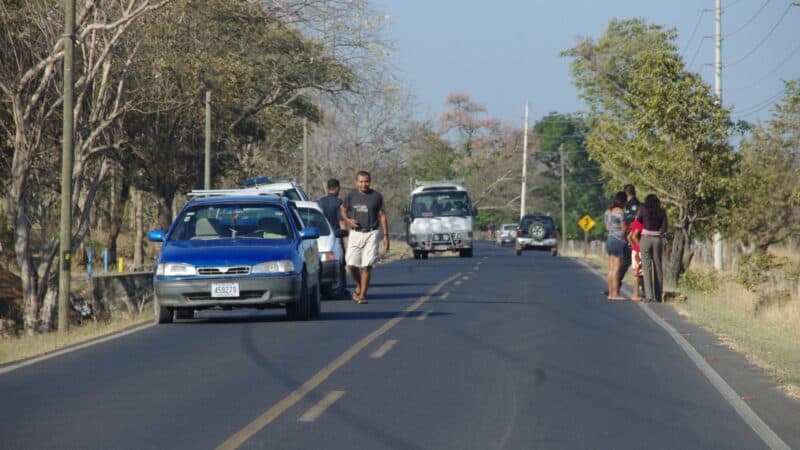
People stopping wherever they want: Seemingly every driver in Costa Rica thinks it’s OK to stop wherever they want in the road, especially if they pull a couple of inches to the right. Big delivery trucks are particularly guilty of this, and of course buses have to stop wherever they need to. Ordinary people often stop too – to chat with somebody on the roadway, to pick up or drop off some people, to take some scenic photos, or to ask that good-looking “princesa” walking on the shoulder if she would like a ride.
What about the cops pulling you over?
Unless you’re accustomed to driving your car at 120 miles per hour, you’ll be pleased to know that the traffic police in Costa Rica will rarely pull you over from behind, either for excessive speed or for a broken tail-light.
Instead, Costa Rica relies on a system of traffic stops where the police pull the car over from in front, not from behind. At times the cops will stop only vehicles that somehow look suspicious, but at times all drivers are stopped for an inspection of their documents.

Do you have a current driver’s license from your home country? That’s legit. Do you also have a visa stamp on your passport that’s older than 90 days? That’s not legit, and the cops can take away your license plates for that.
Bear in mind that you cannot get a Costa Rica driver’s license unless you have residency. But you can drive legally here on a foreign license, as long as it’s up to date and the visa on your passport is less than 90 days old.
What about cows on the highway?
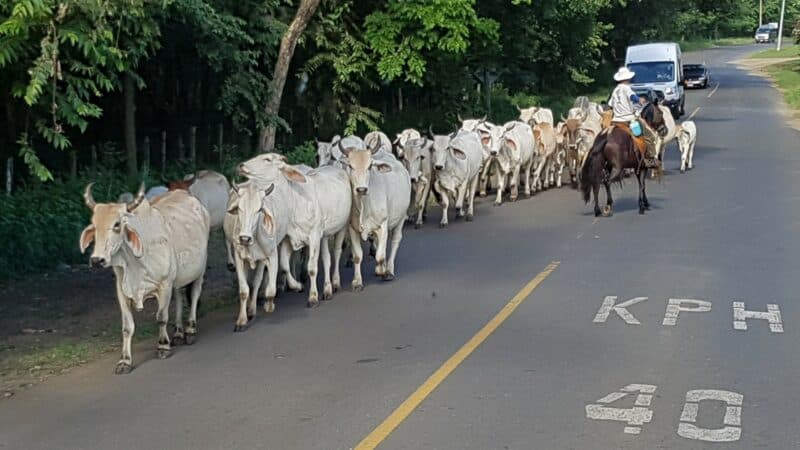
You will probably encounter a lot more potholes on the highway than cows. But slow-moving objects are not uncommon on the highways of Costa Rica, including horses, pedestrians, bicycles, scooters, trucks, buses and sometimes even sloths.
My brother once found traffic stopped in both directions on a little highway because the world’s slowest sloth was crossing the road. Paul got out, grabbed it by the armpits and dragged it to the other side of the road.
Welcome to the strange but interesting world of owning a car in Costa Rica.
Subscribe to our newsletter
to stay up to date

